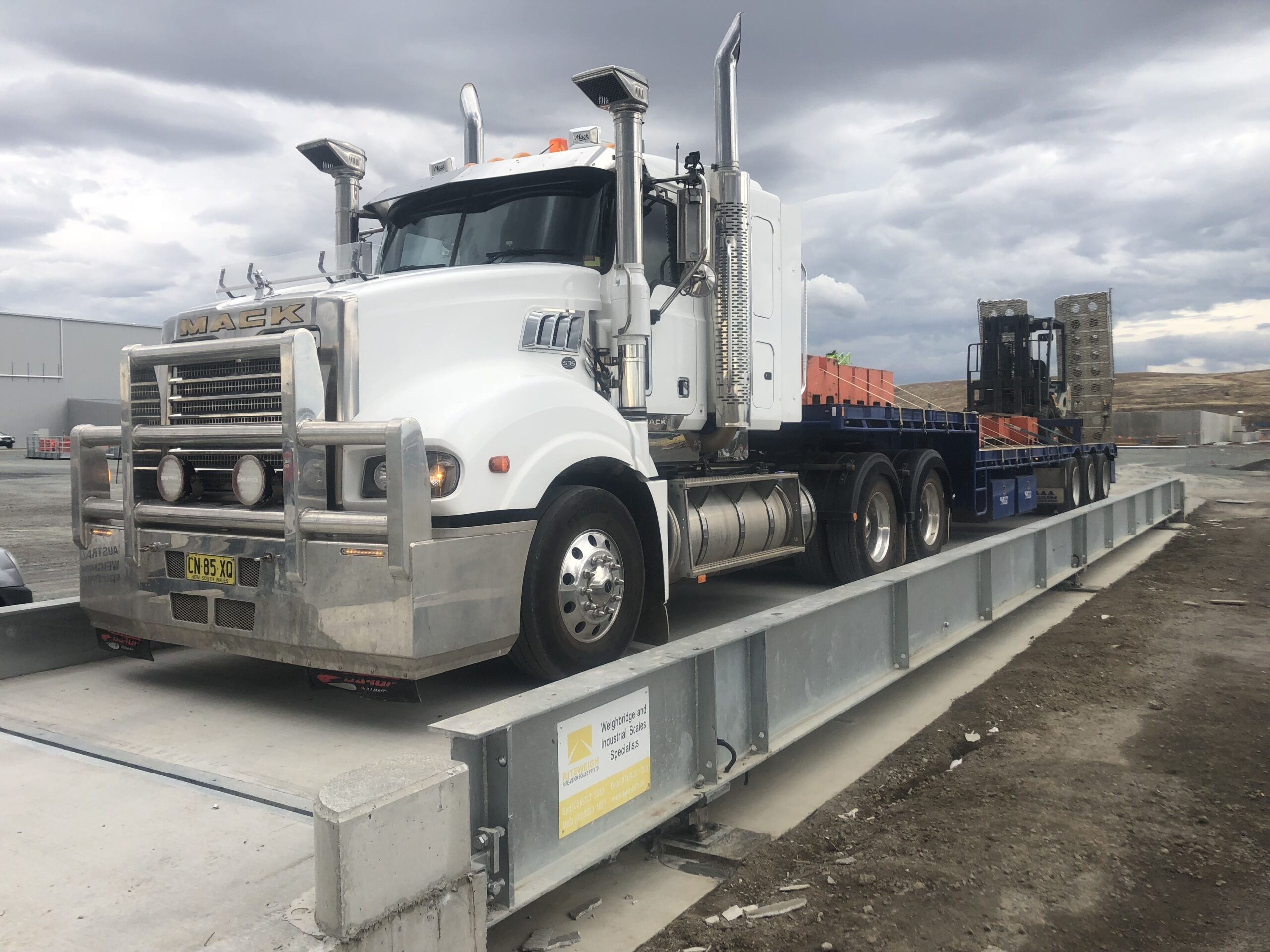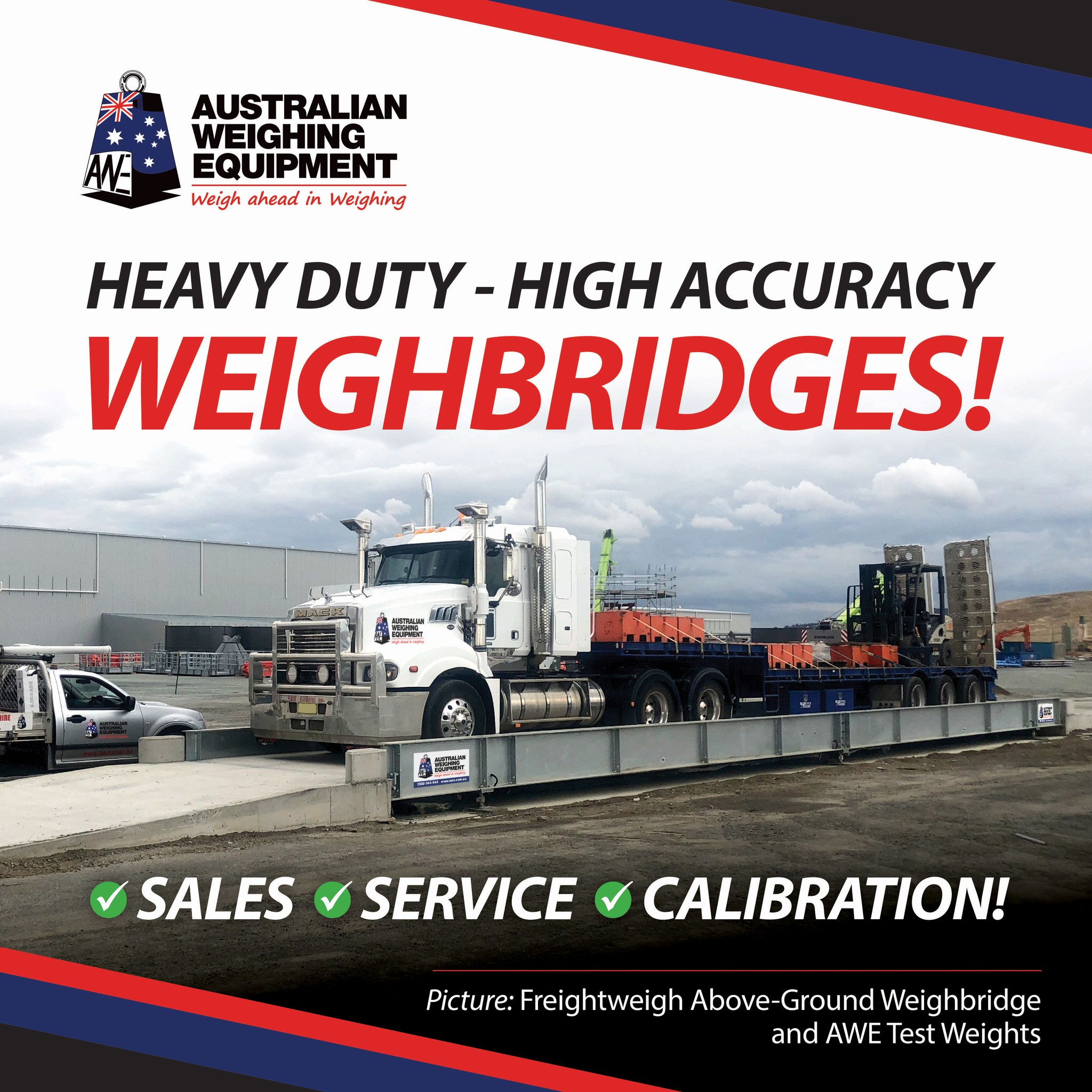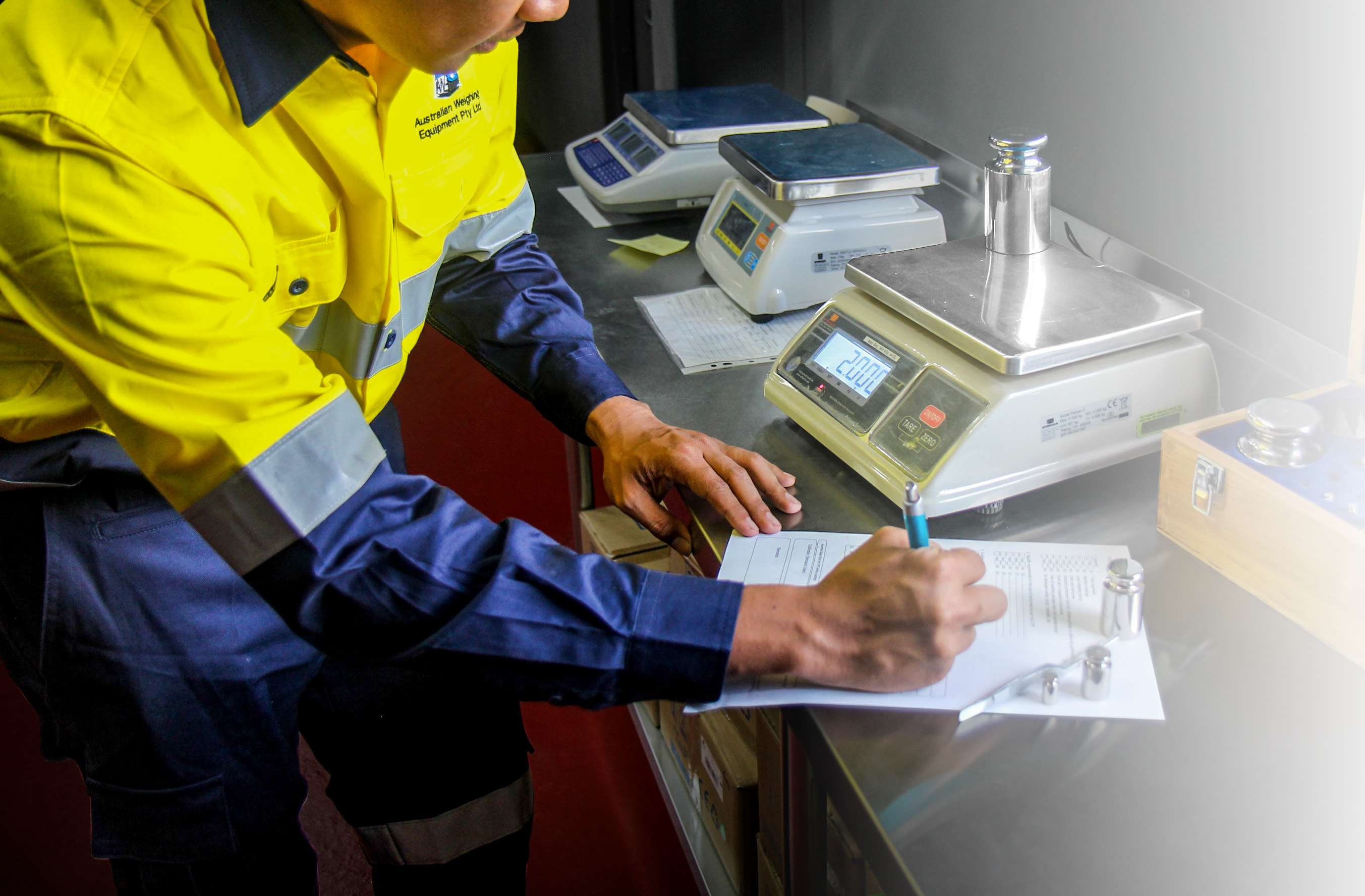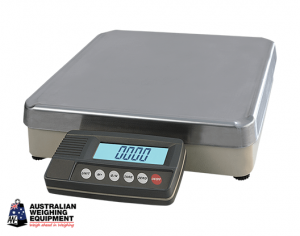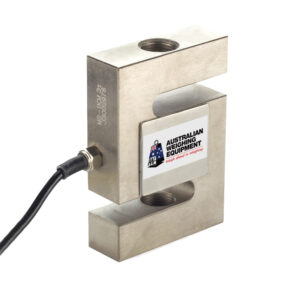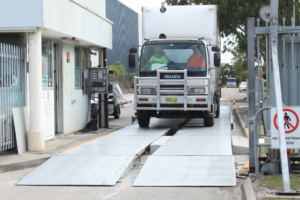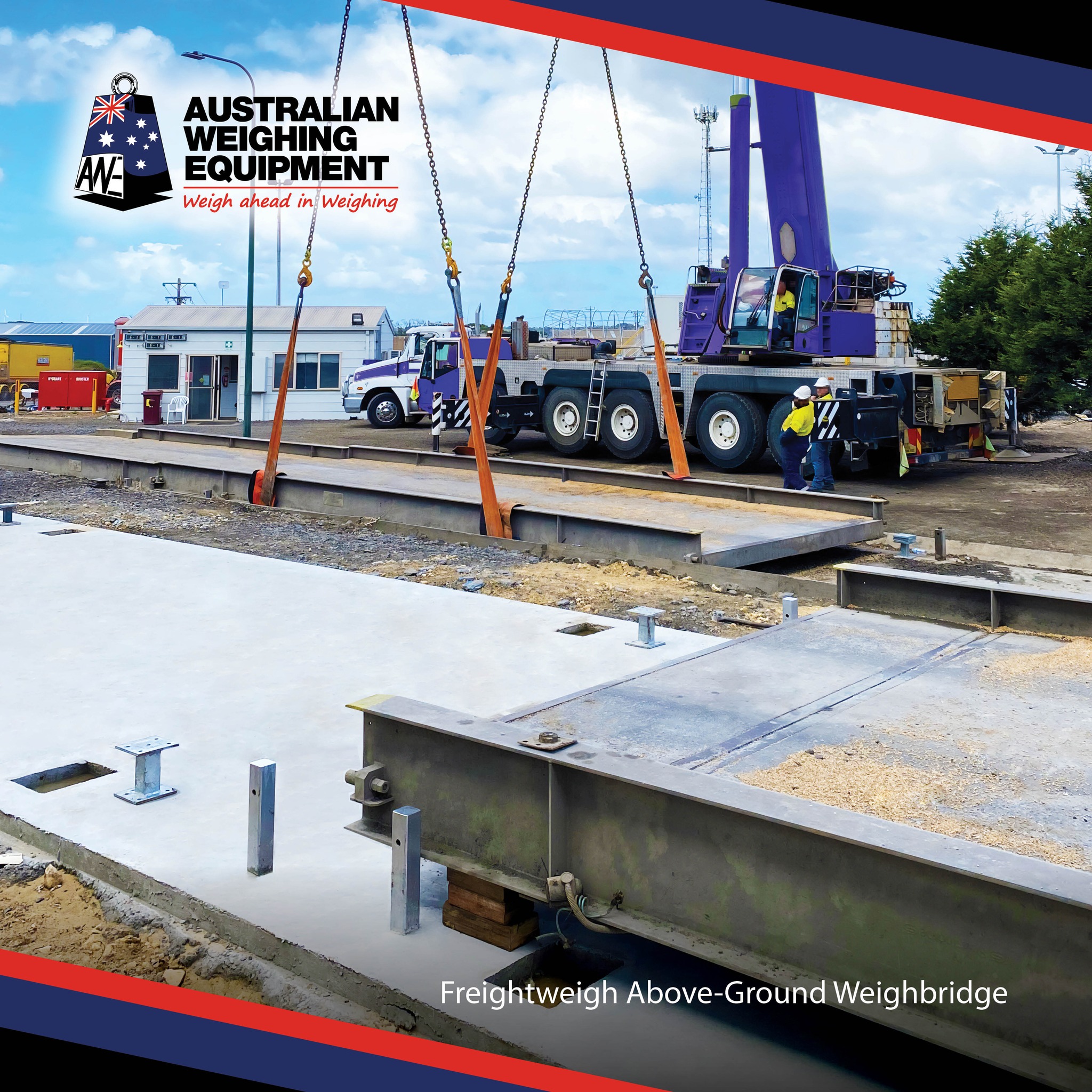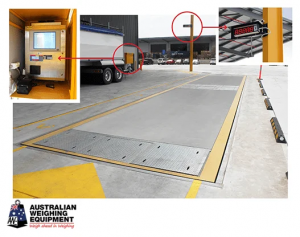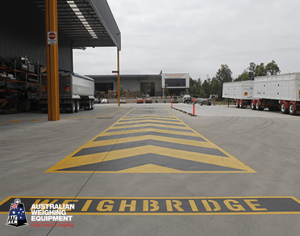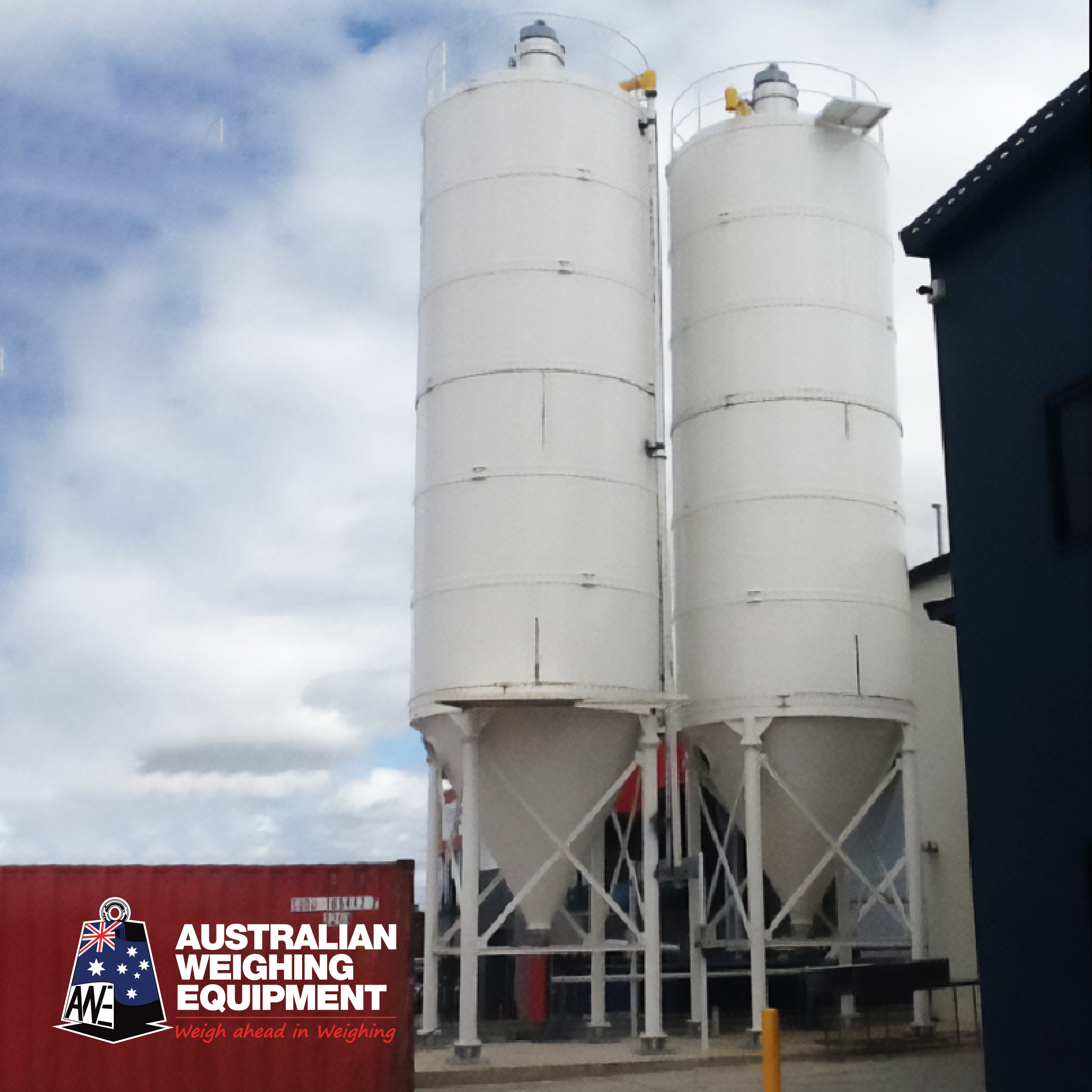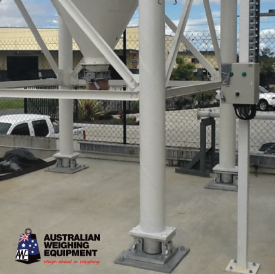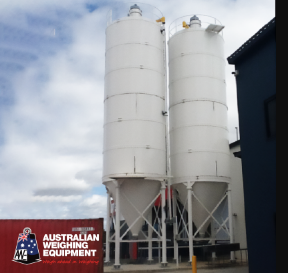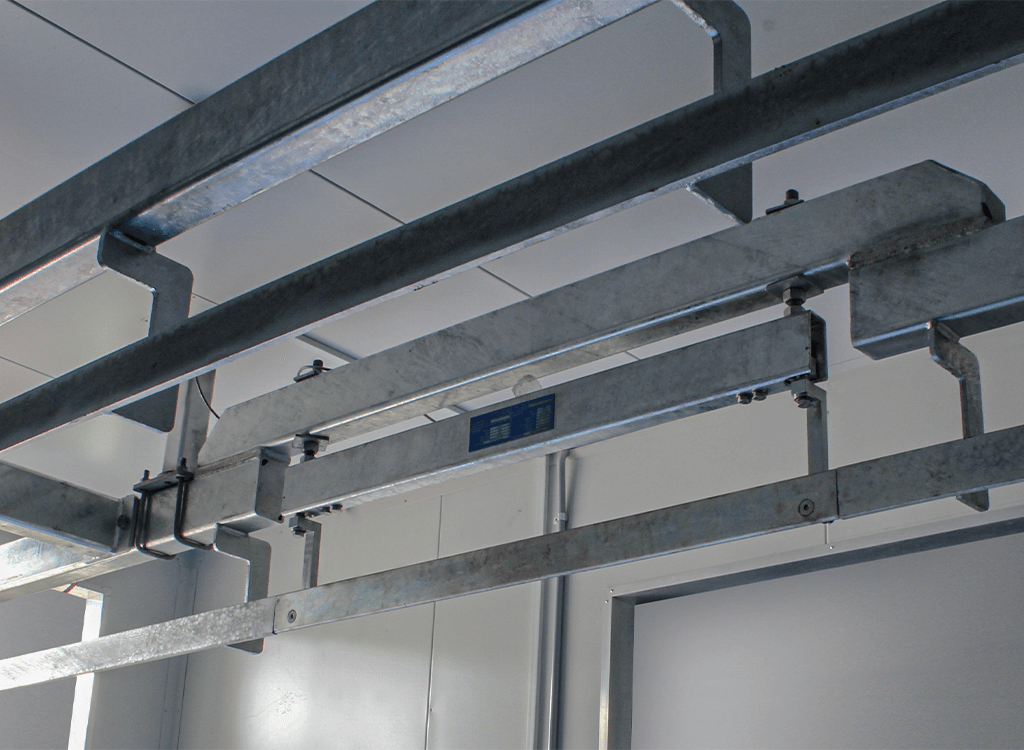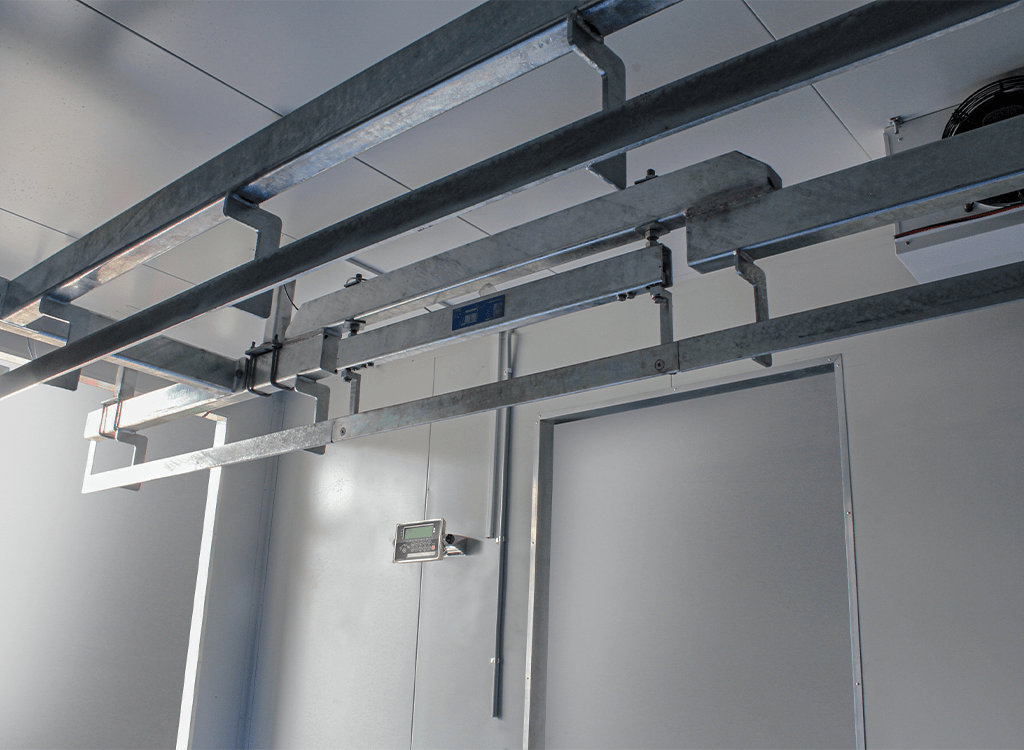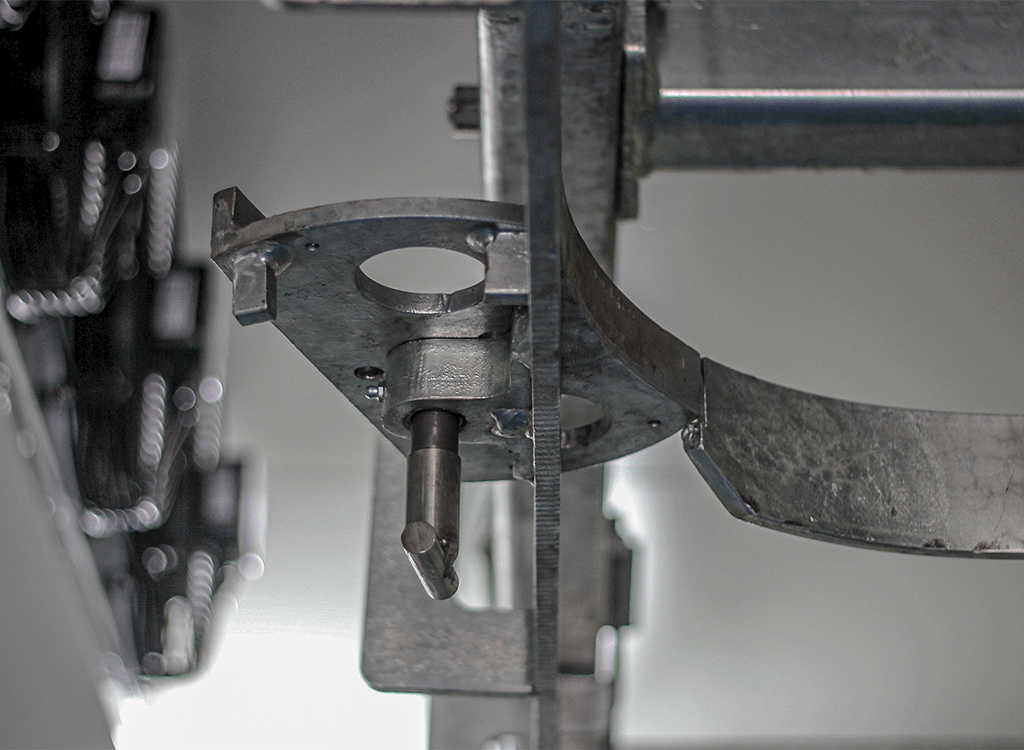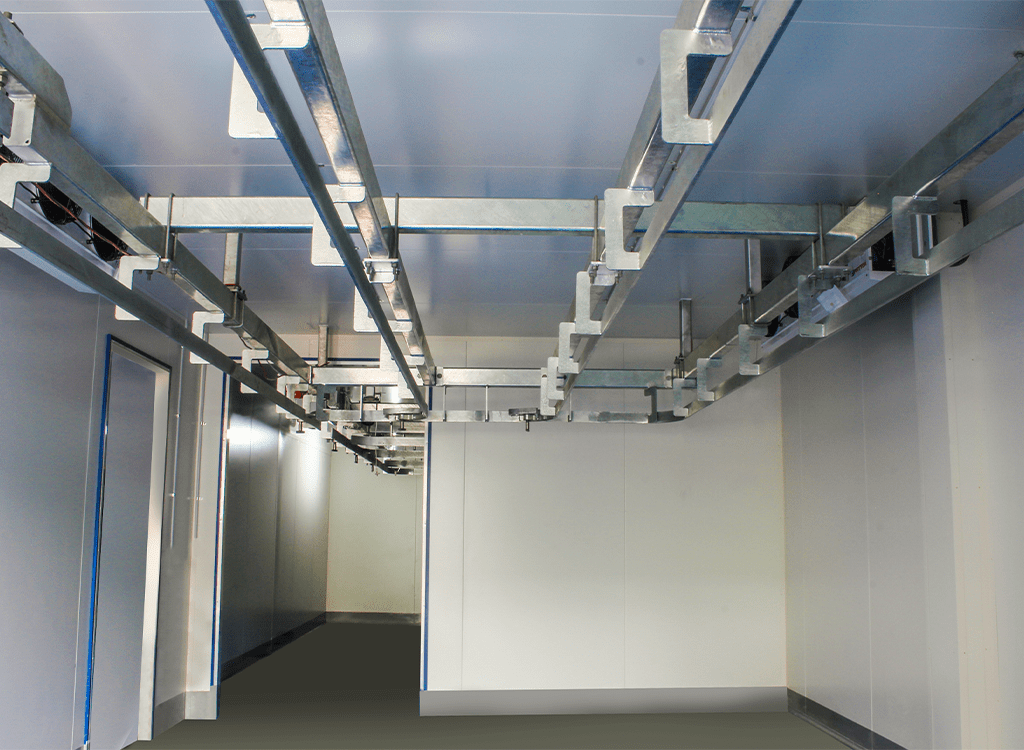At AWE Group, we understand the critical importance of accuracy and precision in weighing equipment. Our comprehensive scale calibration services are designed to ensure that your scales consistently meet industry standards and regulatory requirements.
Why Choose AWE Group for Scale Calibration?
Expertise: With years of experience in the industry, our team of highly skilled technicians possesses the expertise to calibrate a wide range of scales accurately.
Compliance: We adhere to strict calibration procedures and standards, ensuring that your scales comply with relevant regulations and certifications.
Precision: Our state-of-the-art equipment and meticulous calibration techniques guarantee precise and reliable measurements, minimizing errors and inaccuracies.
Customized Solutions: We understand that every scale is unique, which is why we offer tailored calibration solutions to meet your specific requirements and applications.
Convenience: Our on-site calibration services save you time and effort by eliminating the need to transport your scales to a calibration facility, minimizing downtime and disruption to your operations.
The Calibration Process:
Initial Assessment: Our technicians conduct a thorough assessment of your scales to identify any existing issues or discrepancies.
Calibration Procedure: Using advanced calibration equipment and techniques, we adjust your scales to ensure accuracy and consistency across all measurements.
Testing and Verification: Once calibration is complete, we conduct rigorous testing and verification procedures to validate the accuracy of your scales.
Documentation: We provide comprehensive documentation of the calibration process, including calibration certificates and reports for your records and regulatory compliance.
Benefits of Regular Scale Calibration
Accuracy: Regular calibration ensures that your scales provide accurate and reliable measurements, preventing costly errors and product wastage.
Compliance: Calibration helps you maintain compliance with industry regulations and standards, reducing the risk of fines and penalties.
Quality Assurance: Calibrated scales contribute to consistent product quality and customer satisfaction, enhancing your reputation and credibility in the market.
Safety: Accurate measurements are essential for safety in various industries, such as pharmaceuticals and food production, where incorrect dosages or quantities can pose serious risks.
Cost Savings: By identifying and addressing potential issues early on, calibration helps prevent equipment failures and extends the lifespan of your scales, ultimately saving you money on repairs and replacements.
Trust AWE Group for Your Scale Calibration Needs
Ensure the accuracy, reliability, and compliance of your weighing equipment with scale calibration services by AWE Group. Contact us today to learn more about our calibration solutions and schedule a consultation with one of our experts.
With AWE Group scale calibration services, you can rest assured that your weighing equipment meets the highest standards of accuracy, reliability, and compliance, allowing you to focus on what matters most—your business.


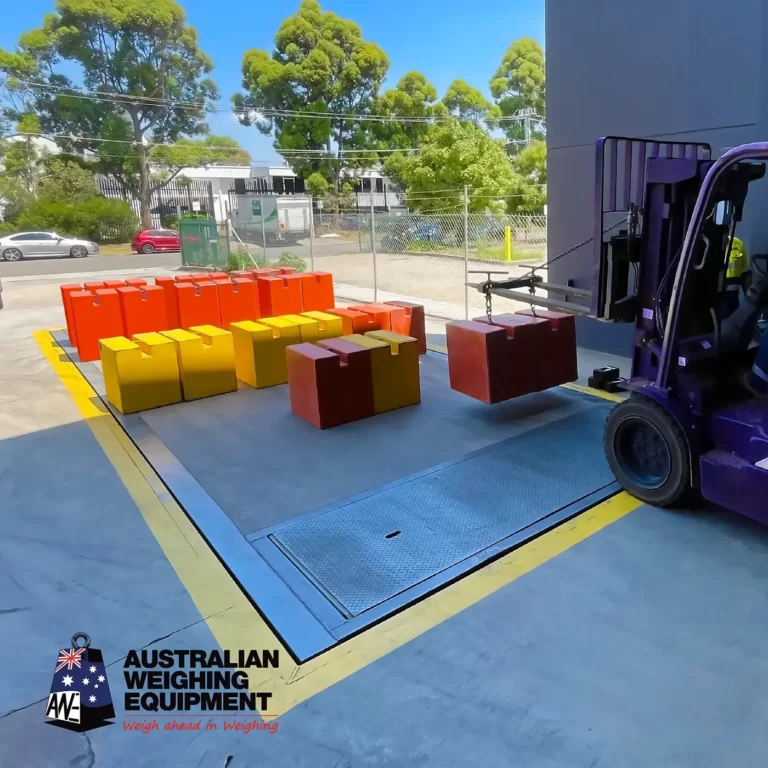
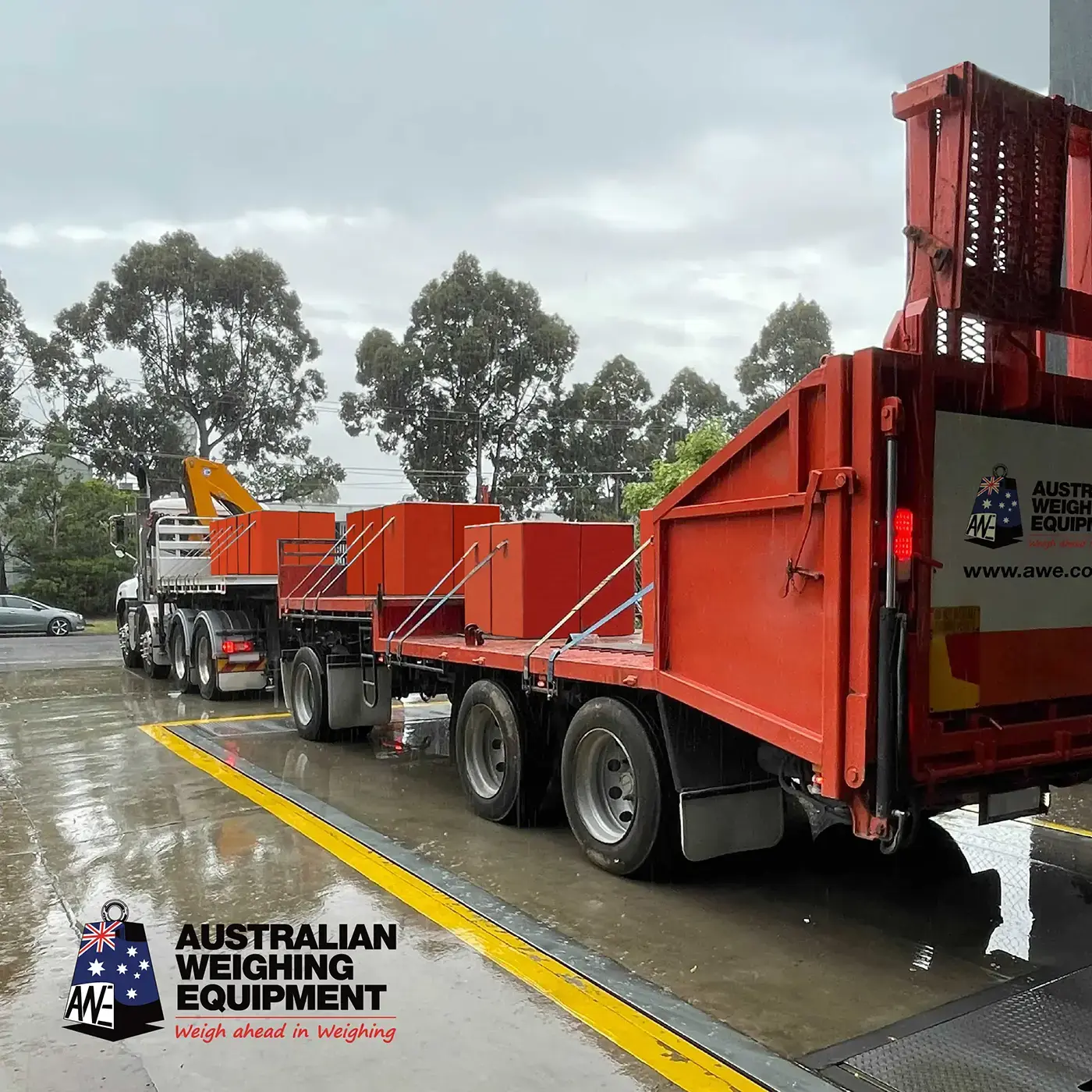
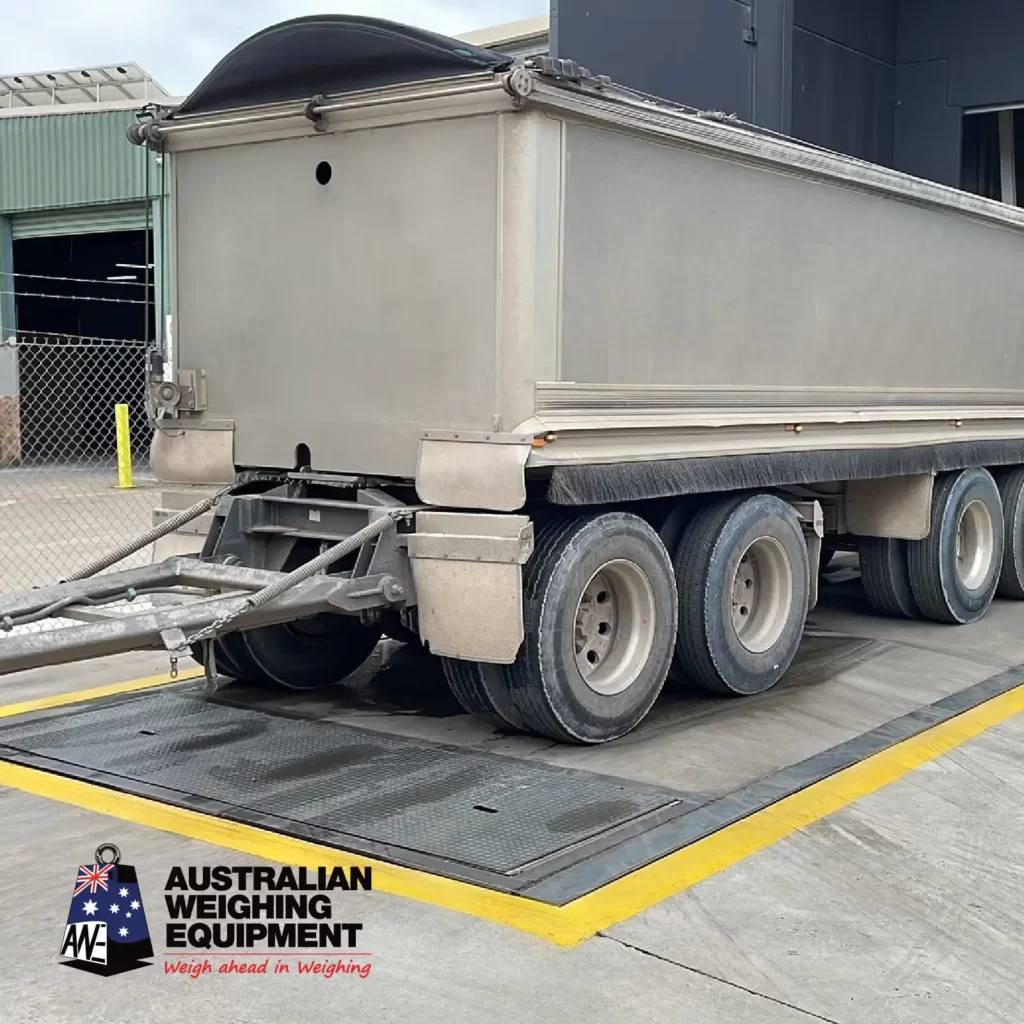
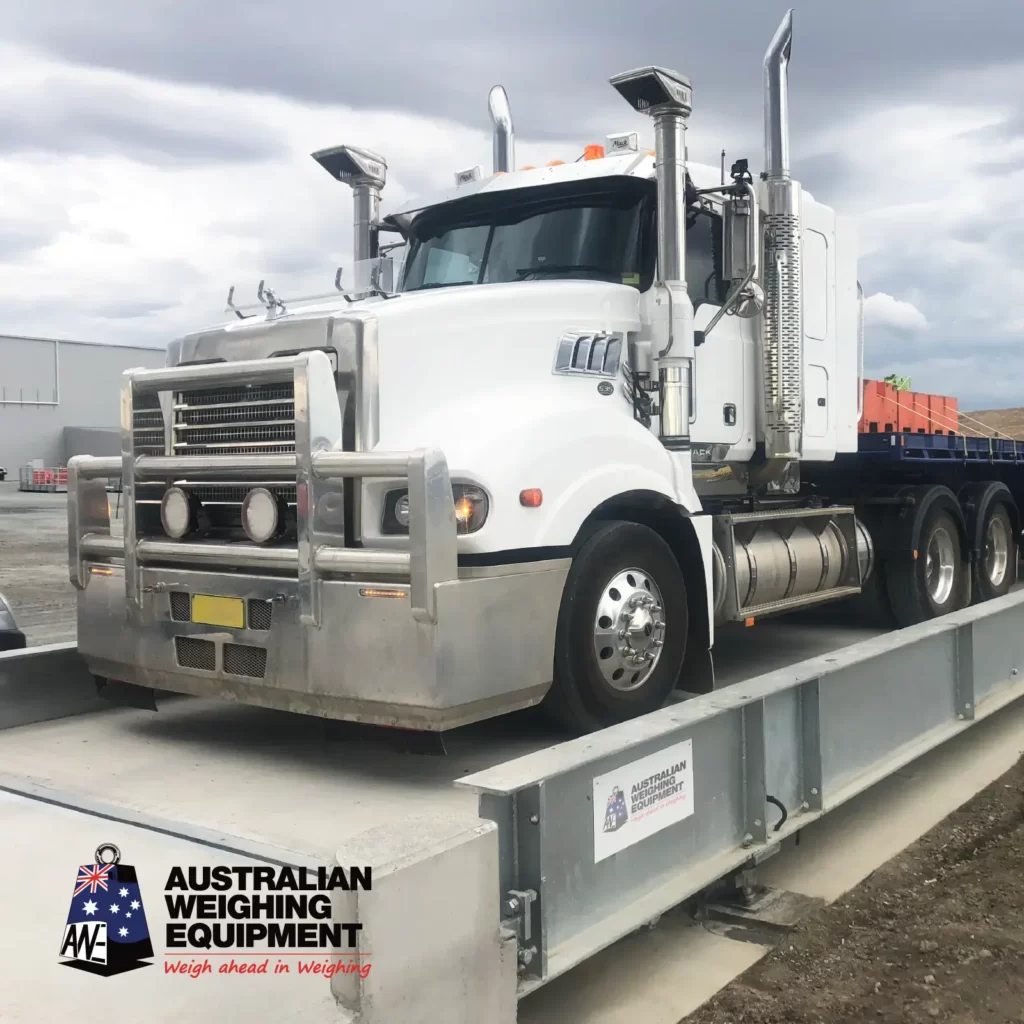
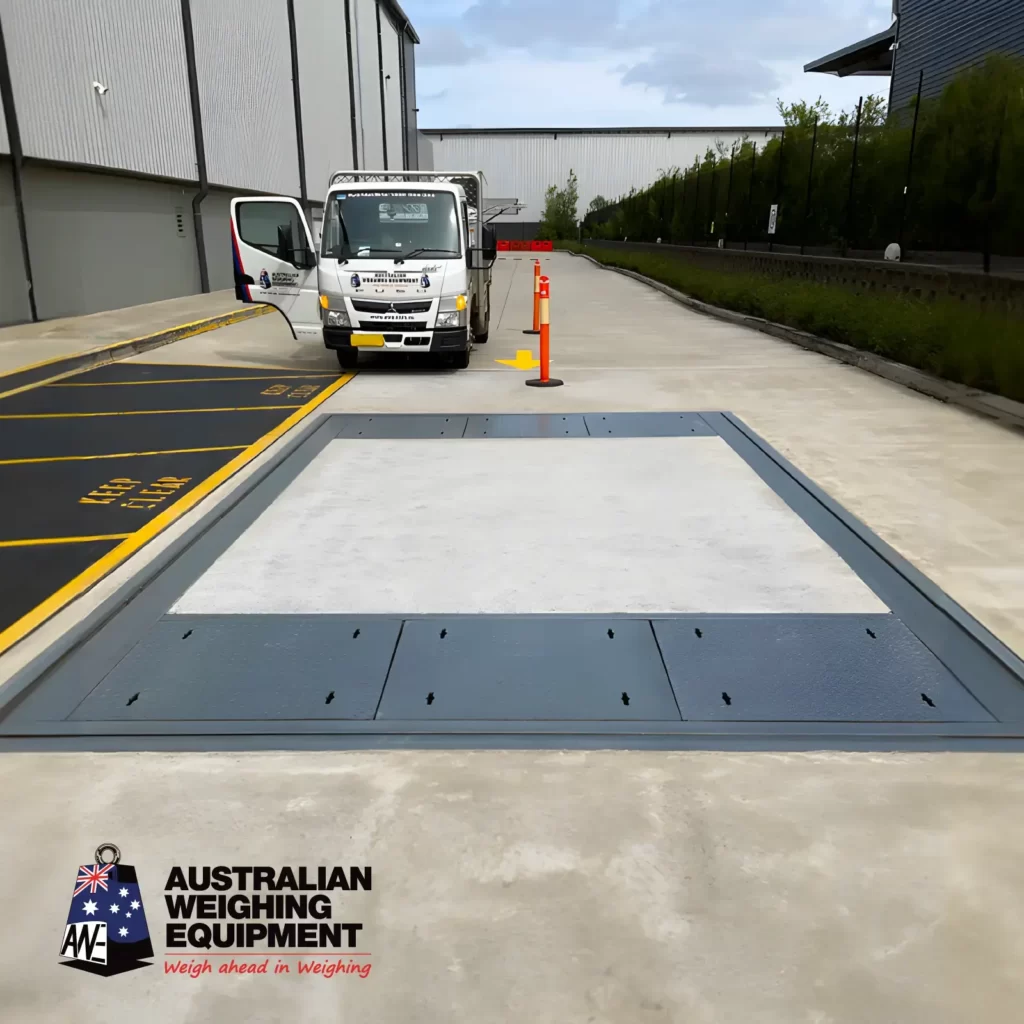
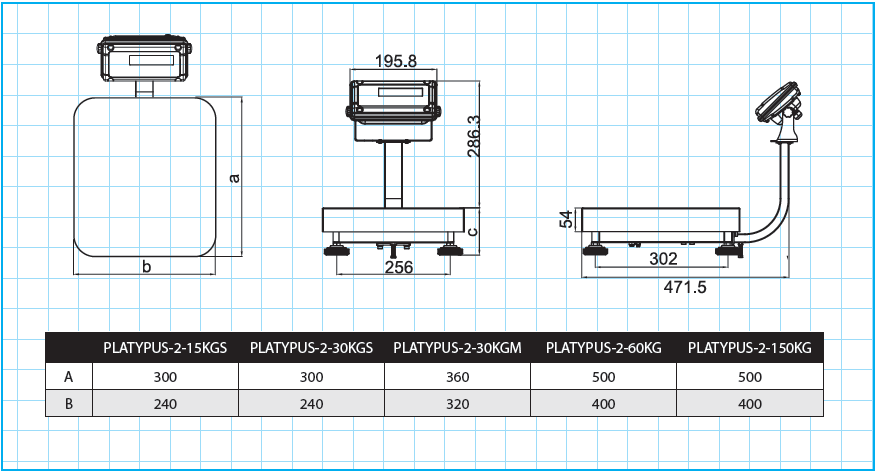
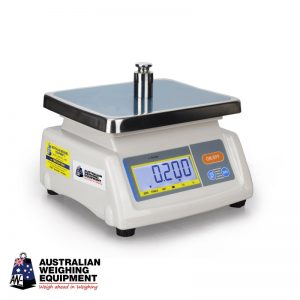 significantly over the years, keeping pace with technological advancements and the growing demands of industries. Industrial scales, from basic to advanced, are essential for precise, efficient, and high-quality manufacturing operations.
significantly over the years, keeping pace with technological advancements and the growing demands of industries. Industrial scales, from basic to advanced, are essential for precise, efficient, and high-quality manufacturing operations.